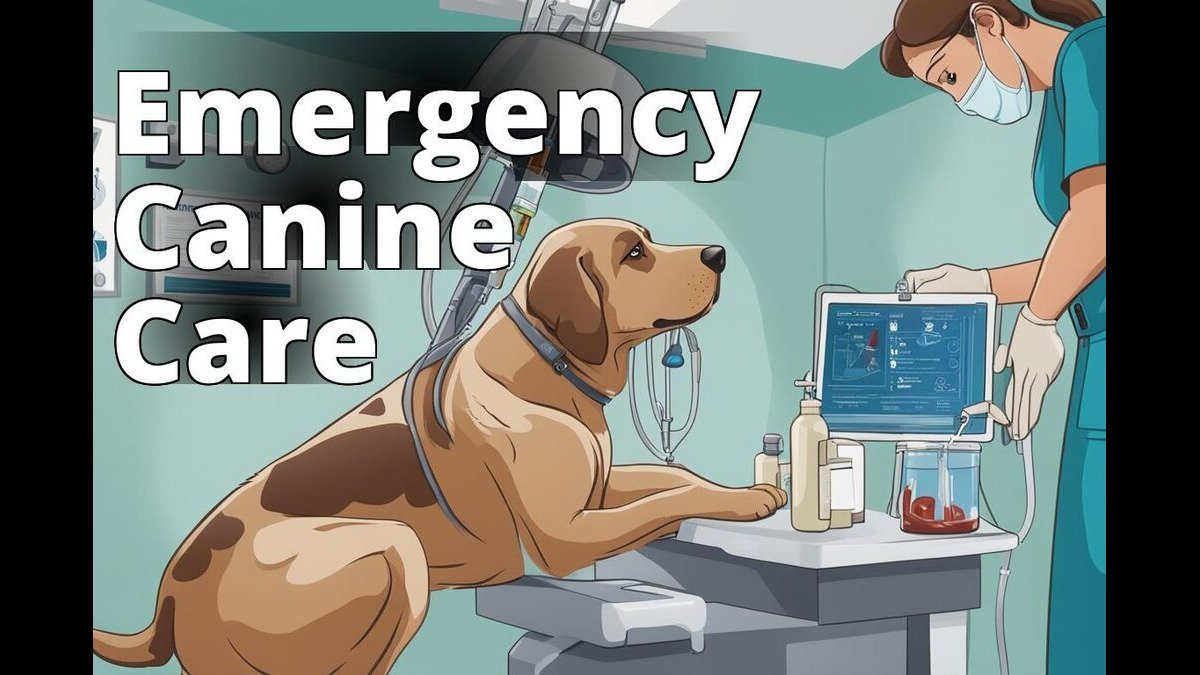Acute Kidney Injury in Dogs
Acute Kidney Injury (AKI) in dogs is a serious and often life-threatening condition that requires prompt diagnosis and treatment. This document provides an overview of the causes, symptoms, diagnosis, and treatment options for AKI in dogs, aiming to raise awareness among pet owners and veterinary professionals alike. Understanding this condition is crucial for ensuring the health and well-being of our canine companions.

Causes of Acute Kidney Injury
AKI can be triggered by a variety of factors, including:
- Toxins: Ingestion of toxic substances such as antifreeze, certain plants (e.g., lilies), and medications (e.g., NSAIDs).
- Infections: Bacterial infections can lead to kidney damage.
- Dehydration: Severe dehydration can impair kidney function.
- Obstruction: Blockages in the urinary tract can cause pressure buildup and kidney injury.
- Trauma: Physical injuries can lead to kidney damage.
Symptoms of Acute Kidney Injury
The symptoms of AKI can vary but often include:
- Increased thirst and urination
- Decreased appetite
- Vomiting
- Lethargy
- Diarrhea
- Abdominal pain
- Bad breath (uremic breath)
If you notice any of these signs in your dog, it is crucial to seek veterinary care immediately.
Diagnosis of Acute Kidney Injury
Veterinarians typically diagnose AKI through a combination of:
- Physical Examination: Assessing the dog’s overall health and symptoms.
- Blood Tests: Measuring levels of creatinine and blood urea nitrogen (BUN) to evaluate kidney function.
- Urinalysis: Checking for abnormalities in urine that may indicate kidney issues.
- Imaging: Ultrasound or X-rays may be used to identify obstructions or structural abnormalities.
Treatment Options
Treatment for AKI depends on the underlying cause and severity of the condition. Common approaches include:
- Fluid Therapy: Administering intravenous fluids to rehydrate and support kidney function.
- Medications: Using medications to manage symptoms, control blood pressure, or treat infections.
- Dietary Changes: Implementing a special diet that is easier on the kidneys.
- Monitoring: Regular monitoring of kidney function and overall health during recovery.
In severe cases, hospitalization may be necessary for intensive care.
Conclusion
Acute Kidney Injury in dogs is a critical condition that demands immediate attention. By recognizing the symptoms and understanding the potential causes, pet owners can take proactive steps to protect their furry friends. Regular veterinary check-ups and prompt action in the face of concerning symptoms can significantly improve outcomes for dogs suffering from AKI.
Frequently Asked Questions (FAQs)
1. What are the common causes of acute kidney injury in dogs?
Common causes include toxin ingestion, infections like leptospirosis, insufficient blood flow due to conditions like shock, and urinary tract obstructions.
2. How quickly do symptoms of acute kidney injury appear in dogs?
Symptoms can appear rapidly, often within hours or days of the initial insult.
3. What are the primary symptoms of acute kidney injury in dogs?
Primary symptoms include lethargy, vomiting, diarrhea, abdominal pain, reduced appetite, and changes in urine output.
4. How is acute kidney injury diagnosed in dogs?
Diagnosis involves patient history, physical examination, blood work, urine testing, and imaging techniques like abdominal ultrasound.
5. What treatment options are available for dogs with acute kidney injury?
Treatment options include fluid therapy, medications, dialysis, and nutritional support, depending on the underlying cause and severity of the condition.

